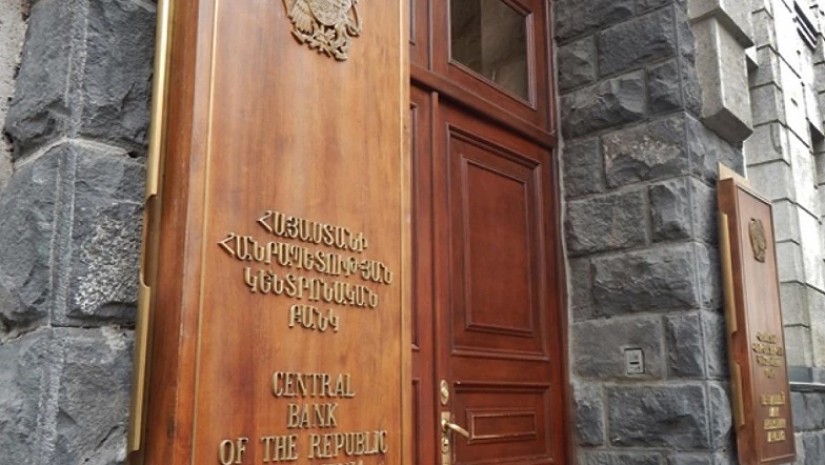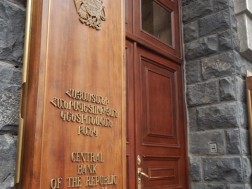According to the Central Bank of Armenia's monetary policy report, economic activity in Armenia is gradually slowing, though it remains above the long-term sustainable growth rate (around 5%). Economic growth for January-September 2024 reached 8.7%.
The main drivers of growth continue to be construction, trade, and services. However, experts note that as growth slows, it becomes less concentrated across sectors. The fact that growth still exceeds the potential rate and remains concentrated in a few subsectors raises uncertainty about the balance of aggregate demand and supply within the economy.
High external demand, which has been strong since 2022, is gradually weakening in 2024. This is reflected in stabilized tourist flows and a decline in real tourist spending. Slower production and export of IT services are also observed, partly due to the outflow of highly skilled foreign workers.
There are weak signals of expansion in production and export within Armenia's "traditional" industries (such as brandy, tobacco products, and processed foods), though risks to growth in these sectors remain.
Domestic demand shows mixed signals. On one hand, strong growth in retail trade, consumer lending, domestic tourism, and services indicates solid domestic demand. On the other, persistent concentration in economic growth, declining remittances, some labor market softening, and a generally weak inflationary environment may point to relatively subdued demand.
The Central Bank also highlights the risks of additional demand stimulus from fiscal policy, given the ongoing shortfall in tax revenues and the potential increase in current expenditures due to the need for expanded social support programs.






















